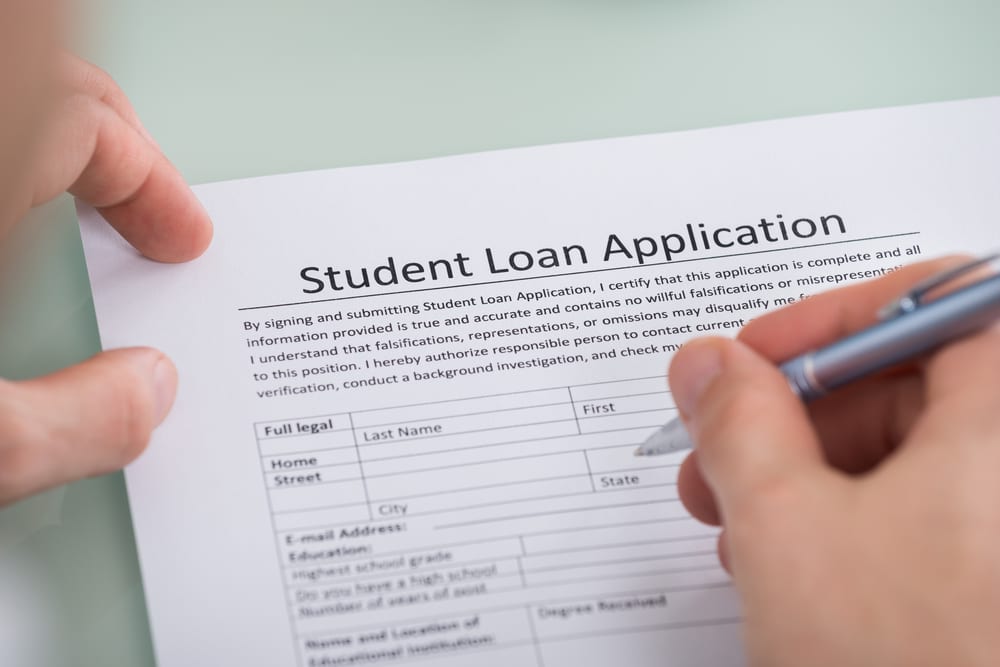Avoidance of Judicial Liens
Avoidance of Judicial Liens
When a creditor sues you and wins, they get a judgment. Sometimes a creditor records the judgment as a “judgment lien” on your home. This means if you ever try to sell your home the judgment lien will be paid out of the proceeds of the sale, which results in less money for you. A bankruptcy filing may enable you to “avoid” the judgment lien. “Avoidance” in this context means eliminating the judgment lien in bankruptcy, which is to say the lien would no longer exist and the judgment debt would be discharged. This does not happen automatically, a Motion to Avoid Judicial Lien must be filed in the Bankruptcy Court.
There is a very specific formula for determining whether a judgment lien can be “avoided.” You take the amount of the judgment lien and add to it the amount of all other liens on your home. These other liens could be a number of things such as a mortgage, second mortgage, third mortgage, home equity line of credit, past due property taxes, or homeowner’s association dues. These other liens could also be a loan for the roof, furnace, windows, gutters, or siding.
You add to this sum the amount of the maximum exemption for your residence. If you are using the Federal exemptions, the maximum amount of the exemption for your residence is currently $23,875 for an individual. If you are using the Michigan exemptions, the maximum amount of the “Homestead” exemption for your residence is $38,225 if you are under the age of 65 and $57,350 if you are 65 or older. For more information on the real estate exemptions available to you see my articles entitled, “Will I Lose My Property and My Possessions If I File for Bankruptcy – Part 1” and “Will I Lose My Property and My Possessions If I File for Bankruptcy – Part 3.”
Note that the maximum amount of the Federal exemption for your residence is listed as $23,675 in the article entitled, “Will I Lose My Property and My Possessions If I File for Bankruptcy – Part 1” but at the top of the previous paragraph of the present article I stated the exemption is currently $23,875. This
is not a typographical error. The Federal exemptions are tied to the Consumer Price Index, so the amount of the exemptions change from time to time. At the time I wrote Part 1 the amount of the real property exemption was one number, and at the time of the writing of the present article the amount is a different number.
If the amount of the judgment lien, the amount of all other liens on your home, and the maximum amount of your real estate exemption is greater than the value of your home, the judgment lien can be avoided in whole or in part. Example 1: Your home is worth $150,000. The balance on your mortgage is $125,000. You have past-due property taxes in the amount of $2,500. The judgment lien is $12,000. You are using your Federal exemption for your residence. $125,000 + $2,500 + $12,000 + $23,875 = $163,375. $163,375 exceeds the value of your home by $13,375. Because $13,375 is greater than the judgment lien of $12,000 the judgment lien can be avoided in whole.
Example 2: Same facts, except your home is worth $160,000. $163,375 exceeds the value of your home by $3,375. In this example you can only “avoid” $3,375 worth of the judgment lien. The rest of the judgment lien remains intact and is not discharged.
The above information is a general overview and is not intended to be used as legal advice. If you are considering filing for bankruptcy, the best thing to do is call our office at 248-557-3645 and schedule a free consultation so you can receive advice which is tailored to your specific circumstances.
By: Michael Benkstein, Esq.
Managing Attorney, Bankruptcy Department
The Law Offices of Joumana Kayrouz, PLLC
1000 Town Center
Suite 800
Southfield, MI 48075
332




